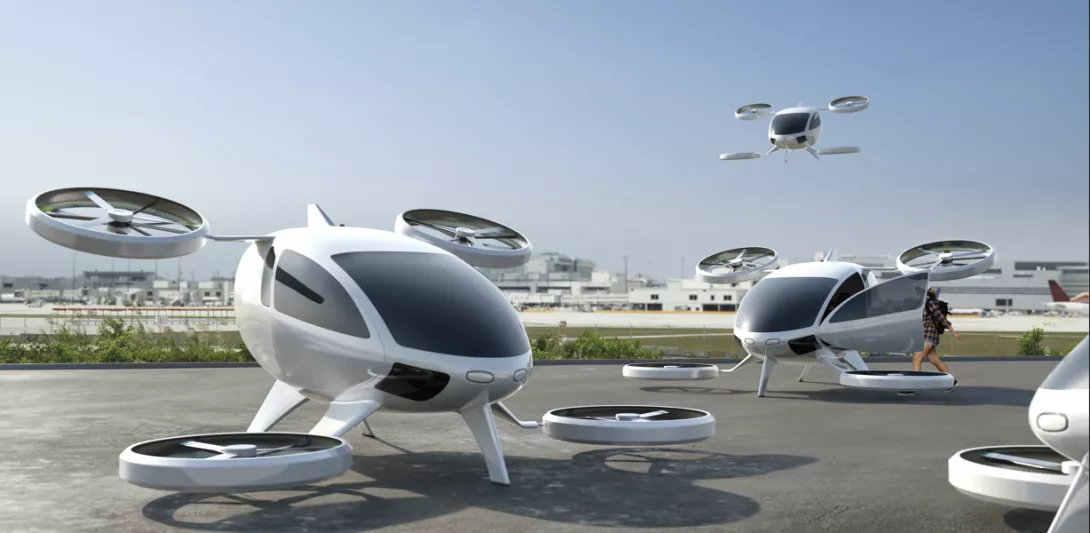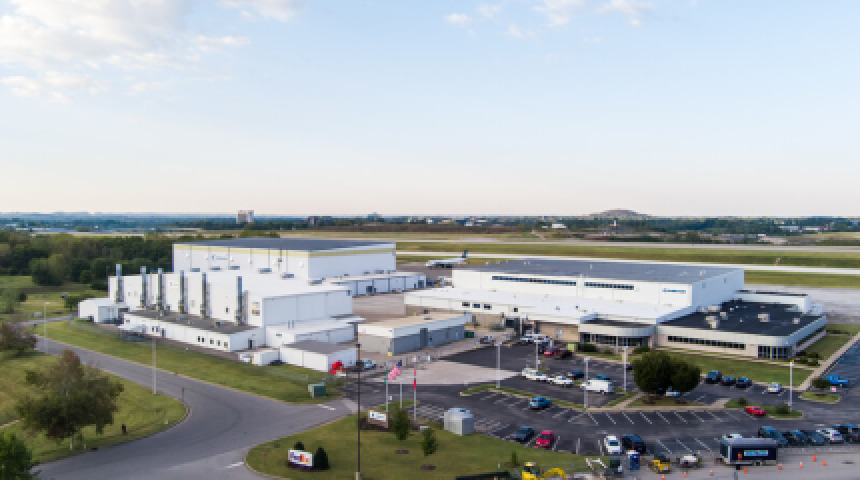未來機場啟航:智慧、綠能與無縫旅程重塑航空體驗

全球航空需求正急速攀升。根據 ACI World,航空旅客數量將從目前每年 45 億人次,在 2053 年增加至 223 億人次。這意味著機場不僅要擴建,更需轉型為 智慧化、永續化與個人化的交通樞紐。專家認為,生物辨識與自動化技術將徹底簡化流程,帶來幾乎「無感」的報到與登機體驗。阿布達比 扎耶德國際機場 已率先導入九個生物辨識關卡,讓旅客免去紙本證件,大幅縮短等候時間。
智慧與自動化也將全面改變航廈運作。GPS 行李追蹤、場外托運與自動分揀將減少誤差,行李能與旅客同步抵達。AI 與機器人則帶來直覺化服務,從機器人販賣車到虛擬助理與 AR 導航,甚至能在航班異常時自動協助改票或分流,減少旅客壓力。
永續發展則是未來機場的核心。新一代航廈將兼具「能源港」功能,依靠太陽能與氫能自給自足,並推動雨水回收與電動地勤車。印度班加羅爾機場的綠植垂直花園已成為範例,營造綠色與舒適並重的環境。同時,安靜休息區、Spa、VR 遊戲室與彈性座椅,讓候機過程更加貼近五星飯店體驗。
最終,機場將演變為多模式交通樞紐,結合高速鐵路、自駕車與空中計程車,成為名副其實的「空港城市」。波蘭的 中央交通樞紐(CPK) 預計於 2032 年啟用,屆時旅客僅需線上報到與臉部辨識,即可完成全程通關。這些未來藍圖將於 10 月德國慕尼黑舉行的 inter airport Europe 2025(7–9日)中集中展示,成為全球航空業的重要焦點。
🔍 三大觀察重點
中文
- 生物辨識將成為全球機場標準,帶來「免證件」的無縫旅程。
- 機場將不只是交通設施,而是能源自給、科技驅動的多模式樞紐。
- 舒適與生活化服務將重塑候機體驗,讓機場更像高端生活空間。
Global Air Travel Demand Soars
Global air travel demand is rising rapidly. According to ACI World, annual passenger numbers will grow from 4.5 billion today to 22.3 billion by 2053. This means airports will not only need expansion, but also transformation into smart, sustainable, and personalized hubs. Experts suggest that biometric identification and automation will simplify processes to the point of being almost “invisible.” Abu Dhabi’s Zayed International Airport has already pioneered this model, introducing biometric checkpoints at nine stages of the journey, allowing passengers to travel without paper documents and significantly reducing waiting times.
Smart Operations and Automation
Automation will further reshape airport operations. GPS-tracked baggage, off-site drop-off points, and automated handling systems will minimize errors, ensuring luggage arrives in sync with passengers. AI and robotics will provide more intuitive services, ranging from snack-delivery robots to virtual assistants and AR navigation. In the near future, AI will even manage disruptions by automatically rebooking passengers or redirecting them, reducing stress during irregular operations.
Sustainability at the Core
Sustainability is set to define the next generation of airports. Future terminals will double as “enerports”, generating their own power through solar and hydrogen energy, while also adopting rainwater harvesting and electric ground vehicles. Bangalore’s Kempegowda International Airport has already set an example with its vertical gardens, offering travelers a greener and calmer environment. At the same time, facilities such as quiet lounges, spas, VR gaming rooms, and flexible seating will elevate the airport experience to near five-star standards.
Airports as Multimodal Hubs
Ultimately, airports will evolve into multimodal mobility hubs, integrating high-speed rail, autonomous vehicles, and electric air taxis to form true “aerotropoli.” Poland’s Centralny Port Komunikacyjny (CPK), scheduled to open in 2032, is a prime example. It will allow passengers to complete the entire journey through online check-in and facial recognition, eliminating the need for passports or boarding passes. These future-oriented concepts will take center stage at inter airport Europe 2025, to be held in Munich on October 7–9, marking a milestone gathering for the global aviation industry.
🔍 Three Key Insights
- Biometrics will become the global airport standard, enabling seamless passport-free journeys.
- Airports will evolve beyond transport facilities, becoming energy self-sufficient, tech-driven multimodal hubs.
- Comfort and lifestyle services will redefine waiting, making airports resemble premium lifestyle spaces.




回應文章建議規則: